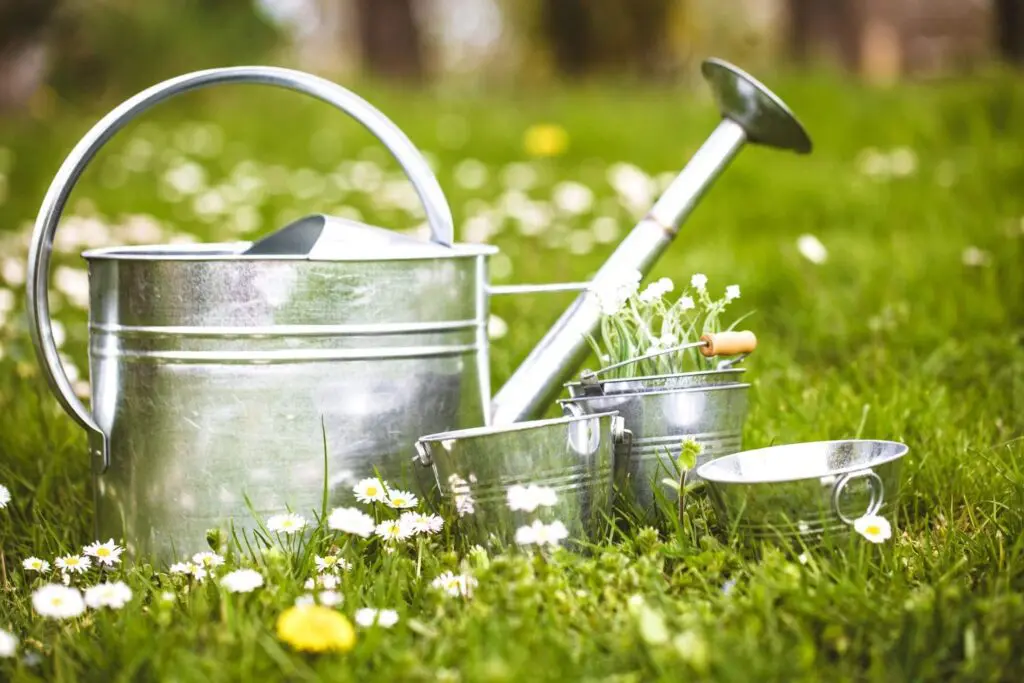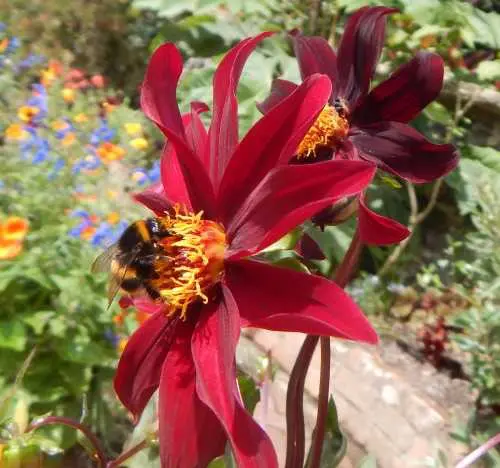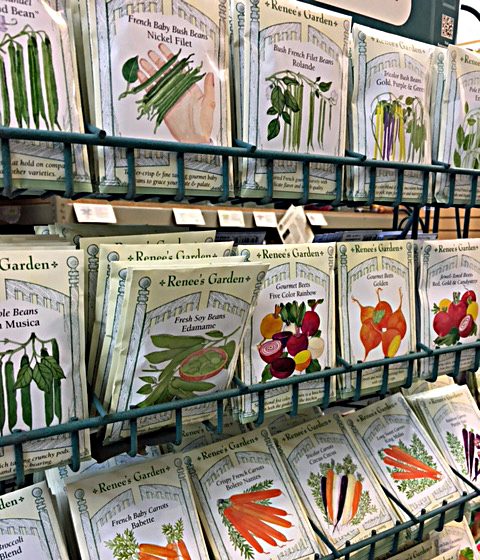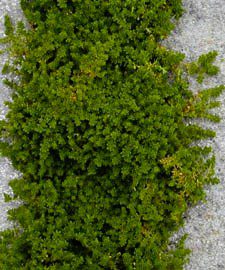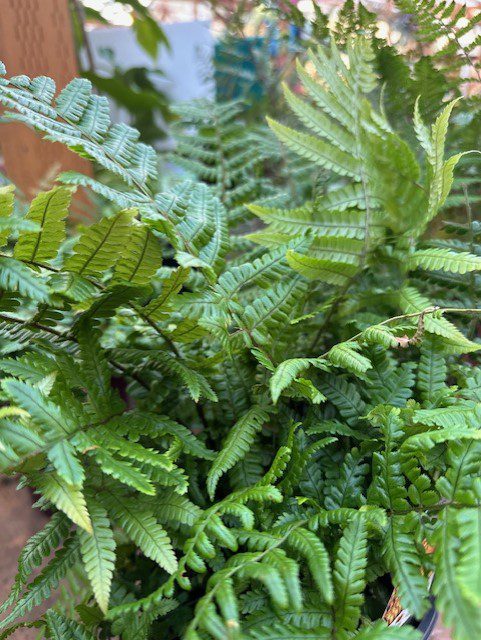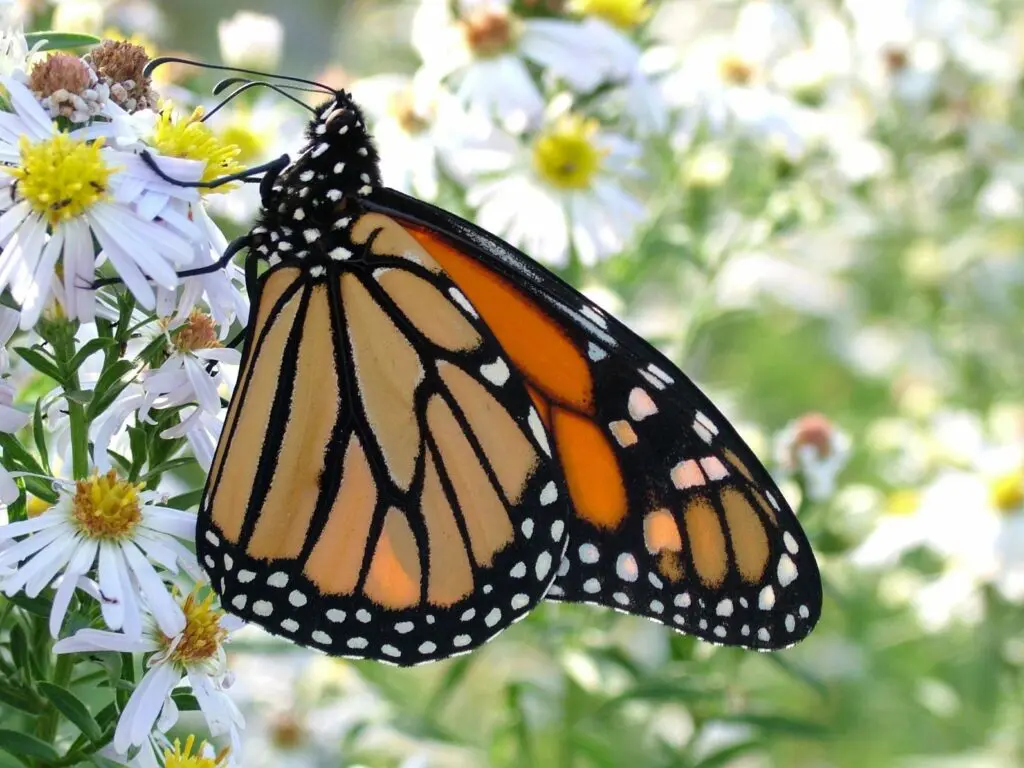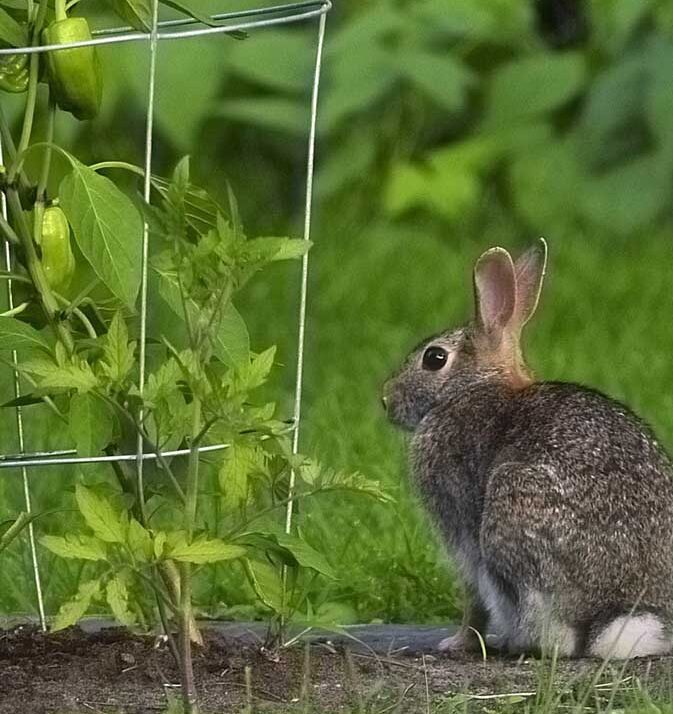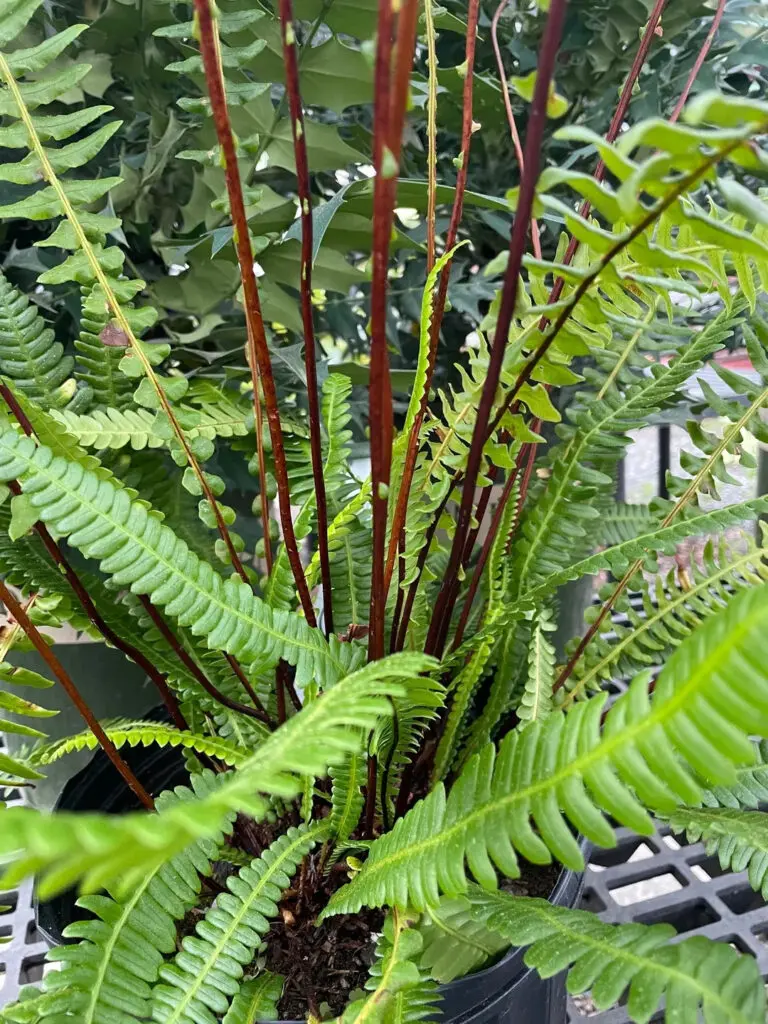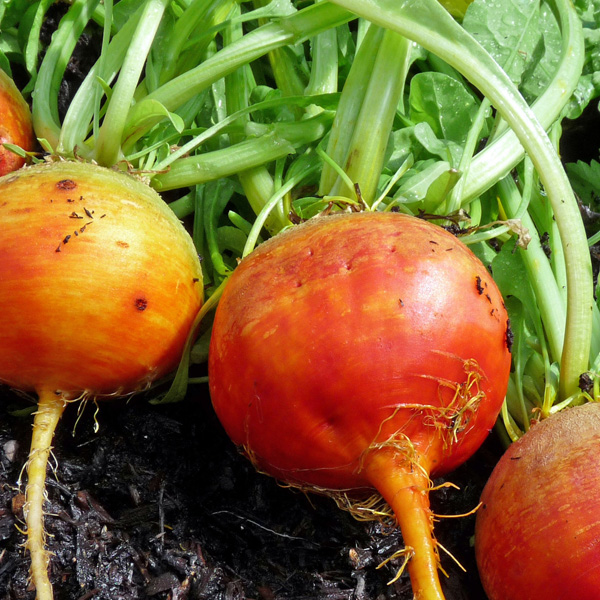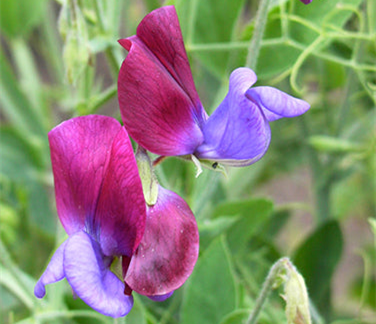Water Wise Tips
Water is the life blood of plants! Water in the soil determines how extensively the root system develops, which in turn increases the plant’s ability to access water and nutrients from the soil. The best way to water is to apply it at a rate that the soil can absorb without runoff. Soil that drains…
Read More
